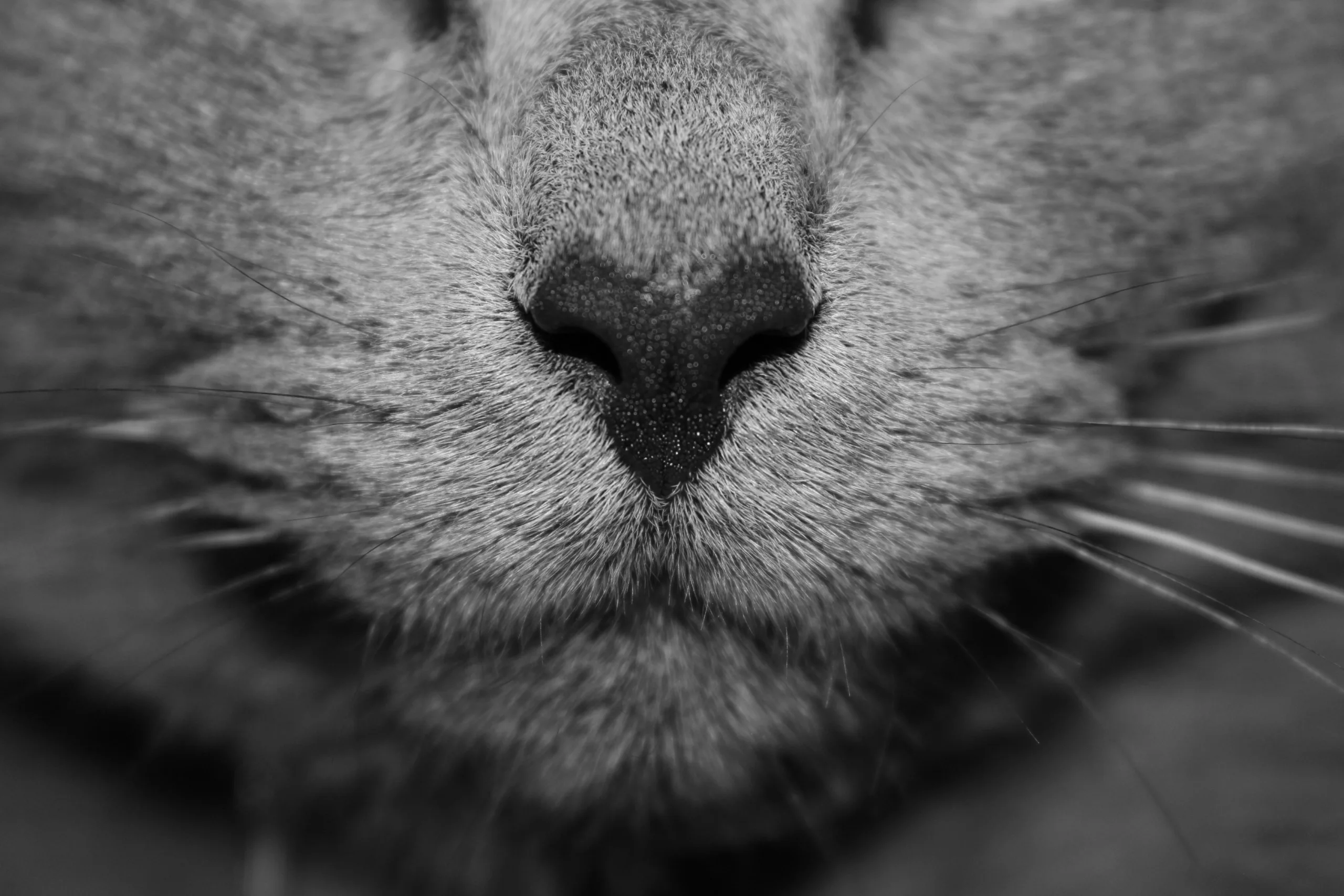Introduction
Cats are complex and fascinating creatures with a rich repertoire of behaviors that help them communicate and interact with each other. One behavior that is commonly observed among cats is neck biting. While this behavior can sometimes appear aggressive, it serves various purposes in feline social dynamics. In this comprehensive guide, we will explore why cats bite each other’s neck, the reasons behind this behavior, and the significance of neck biting in different contexts. Understanding these behaviors can help cat owners create a harmonious and peaceful environment for their feline companions.
For more about cats click here
Understanding the Social Structure of Cats
Cats are solitary hunters by nature, but they are also capable of forming social bonds with other cats, especially when they are raised together or share the same living space. Feral cats and wildcats exhibit complex social hierarchies, and even domesticated cats retain some aspects of this social structure. Biting, including neck biting, is one way in which cats communicate and maintain their social hierarchy.
Why Does My Cat Let My Other Cat Bite His Neck?
When one cat allows another cat to bite its neck, it is usually a sign of submission and trust. Neck biting is a common behavior in the feline world, especially during social interactions between cats. The cat being bitten may lower its head and expose its neck as a gesture of submission and deference to the other cat. In such cases, the biting cat is usually the more dominant one in the relationship.
Why Does My Cat Keep Biting My Other Cat?
Persistent biting between cats can have various underlying reasons:
- Establishing Hierarchy: Cats in multi-cat households may engage in biting as a way to establish and maintain their social hierarchy. Dominant cats may assert their authority by gently biting the necks of more submissive cats.
- Play Behavior: Sometimes, biting between cats can be part of their play behavior. Cats play using their mouths and paws, and this playfulness can involve gentle biting on the neck or other body parts.
- Attention-Seeking: In some cases, a cat may bite another cat to get attention or initiate interaction. It’s their way of saying, “Hey, pay attention to me!”
- Redirected Aggression: Cats may engage in aggressive behavior like biting when they are overstimulated or frustrated. In a multi-cat household, this aggression can sometimes be redirected towards another cat.
Why Is My Cat Biting My Other Cat’s Chin?
Biting the chin or lower jaw area can be a form of social grooming among cats. When cats groom each other, they often use their teeth to nibble gently on their companion’s fur. This grooming behavior reinforces social bonds between cats and helps maintain a harmonious group dynamic. It’s a way for cats to show affection and care for one another.
Why Is My Male Cat Biting My Kitten’s Neck?
If a male cat is biting the neck of a kitten, it could be a manifestation of paternal instincts. Male cats may exhibit caretaking behavior towards kittens, including grooming and protecting them. Biting the neck is a way for the male cat to carry the kitten, much like a mother cat would do. This behavior is generally nurturing and demonstrates the male cat’s acceptance of the kitten as part of the family unit.
Addressing Aggressive Biting Behavior
While some neck biting between cats is normal and part of their social interactions, aggressive or excessive biting can lead to conflicts and tension in a multi-cat household. If you notice signs of aggression or distress in your cats, it’s essential to address the issue:
- Provide Adequate Resources: Ensure that there are enough resources such as food bowls, litter boxes, and resting areas for all your cats to reduce competition and potential conflicts.
- Introduce Gradually: When introducing a new cat or kitten to the household, do so gradually to allow existing cats to become accustomed to the newcomer.
- Positive Reinforcement: Reward positive interactions between cats with treats or praise to encourage harmonious relationships.
- Consult a Veterinarian: If the biting behavior persists or escalates, consult a veterinarian or a feline behaviorist to identify any underlying health issues or provide guidance on managing aggressive behavior.
FAQs on Why Do Cats Bite Each Others Neck?
1. Why does my cat let my other cat bite his neck?
Allowing another cat to bite its neck is a sign of submission and trust. It is a common behavior during social interactions, and the biting cat is typically the more dominant one in the relationship.
2. Why does my cat keep biting my other cat?
Persistent biting between cats can be a way of establishing hierarchy, part of play behavior, seeking attention, or a result of redirected aggression.
3. Why is my cat biting my other cat’s chin?
Biting on the chin or lower jaw area can be a form of social grooming, reinforcing social bonds between cats and showing affection and care.
4. Why is my male cat biting my kitten’s neck?
A male cat biting a kitten’s neck is likely a display of paternal instincts, as he may be nurturing and protecting the kitten as part of the family unit.
Conclusion on Why Do Cats Bite Each Others Neck?
Neck biting in cats is a multifaceted behavior that serves various purposes in their social dynamics. Understanding the reasons behind this behavior can help cat owners create a harmonious living environment for their feline companions. While some biting is normal and part of their communication, excessive or aggressive biting may require attention and intervention to maintain peaceful coexistence among cats.
